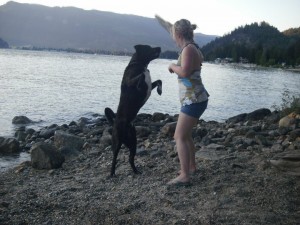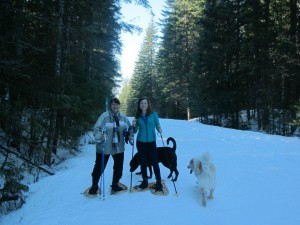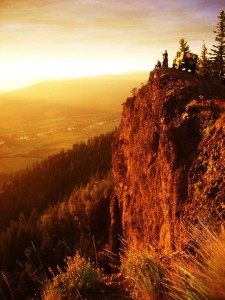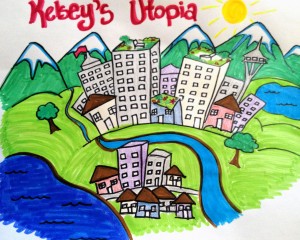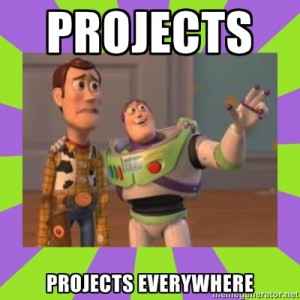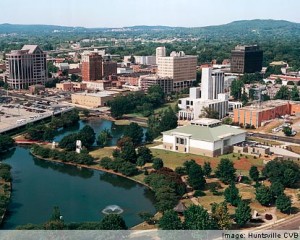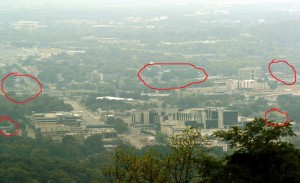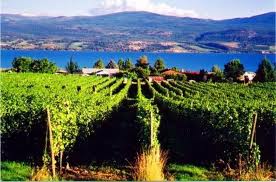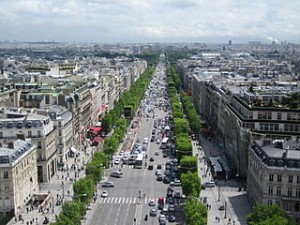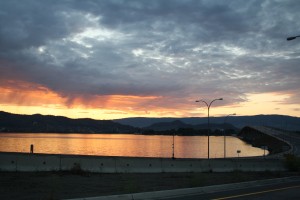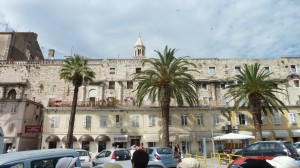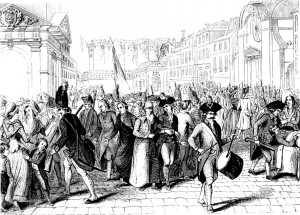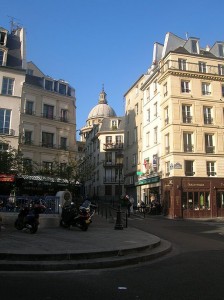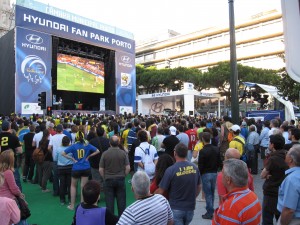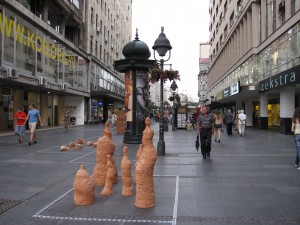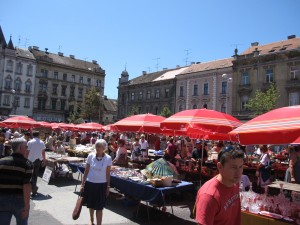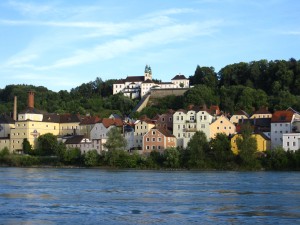So, as some of you know, I currently live and grew up in a really small town and have never really lived in a city larger than Williams Lake, and even then I lived 5 minutes outside of town. Perhaps due to this reason, I still live in a small town with my 100lb dog Buster. My drive is just over an hour each way to school so if I have class at 9:30 in the morning, I have to leave by 8:00. It is also much more expensive in the long run as I pay rent in Enderby plus I generally put around 800km on my car every week.
To many of you this sounds crazy, but for me it just seems to make sense. The city honestly scares me. It is busy and crowded. I get stressed out just entering the city sometimes, to be completely honest, I get stressed just going to Walmart as there are so many people there and all in a hurry. The funny thing about this is that a lot of my friends from home feel the same way and those that have moved to cities said that it took them a long time to adjust.
Small towns in my opinion have so much going for them, especially if larger centers are easily accessible for shopping and cultural activities. There is a wealth of community feeling in small towns. I know most of my neighbors and even many strangers in the grocery store smile and say hi.
A while ago in class (September 27th) we talked about the Crisis of the 19th century and the reason for planning movements that attempted to ameliorate the conditions of the cities by introducing elements of the country. At that time the London slums were becoming a worry to the middle class. They were afraid that the poor members of these slums would rise up in revolution so they attempted to make living conditions better. Georg Simmel believed that the city caused over-stimulation and thus nervous exhaustion. There is also an idea of an intensification of urban stimuli where noise leads to feelings of indifference not caring about anything.
Although in some ways the city has gotten so much better, it has also gotten worse in some ways. Cities have grown far larger than the cities of the 19th century and thus they have different sets of problems, including my personal nemesis, traffic! Planners of the 20th century have tried to address the sets of problems that stem from the sheer magnitude of cities, but to a person who has lived only in small towns; cities are still scary, loud, busy places that as Simmel says create nervous over-stimulation and exhaustion.
I know that there is a completely different viewpoint to this, and that life in a really small town is unthinkable to many who grew up exclusively in a city, or have grown accustomed to the society and culture that the city encompasses.

